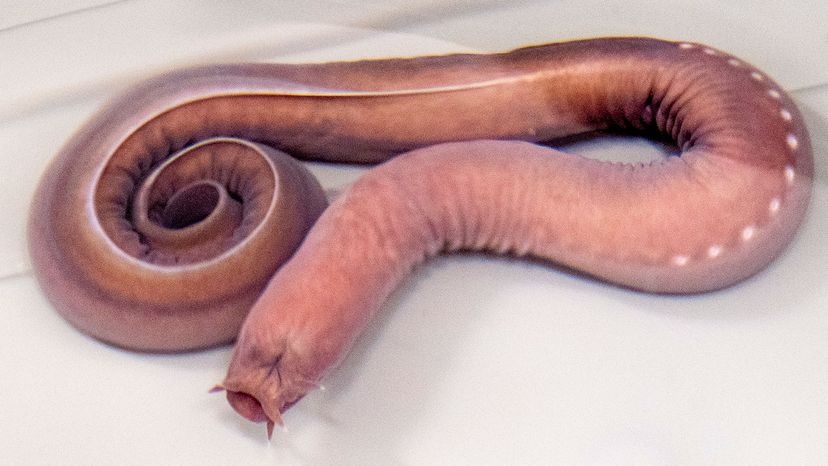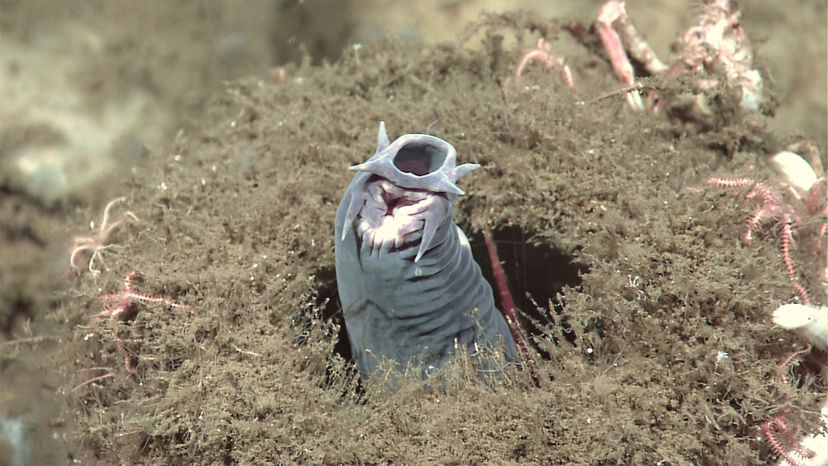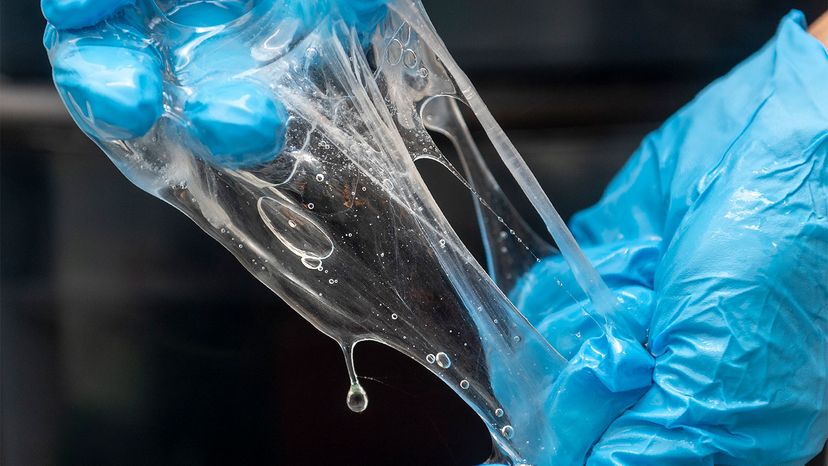
Key Takeaways
- Hagfish are eel-like creatures known for producing a unique slime that can suffocate predators like sharks.
- They lack jaws and instead use a tongue-like appendage lined with toothy rasps to feed.
- Hagfish slime contains protein threads that could potentially inspire new, sustainable materials in fiber technology.
Imagine you're a shark (let's go with a kitefin shark).
One day, you find yourself swimming around, looking for some dinner. Finely tuned senses lead you down to the ocean floor, where the carcass of an old whale lies ready and waiting.
Advertisement
But somebody beat you to the buffet. Out of the corner of your eye, you see the tail end of a wriggling, eel-shaped creature.
As you turn to get a closer look, you notice that this other animal, whatever it is, has buried its head in the dead meat. The corpse can wait. You decide to make a meal of this thing instead.
Then, just as you wrap your jaws around it, the scavenger lets loose a milky cloud of slime. Fibrous, suffocating slime. The gunk floods your mouth and gills, forcing a hasty retreat.
Congratulations, you've just had an encounter with one of the ocean's weirdest characters: a slime-producing hagfish.
Advertisement



